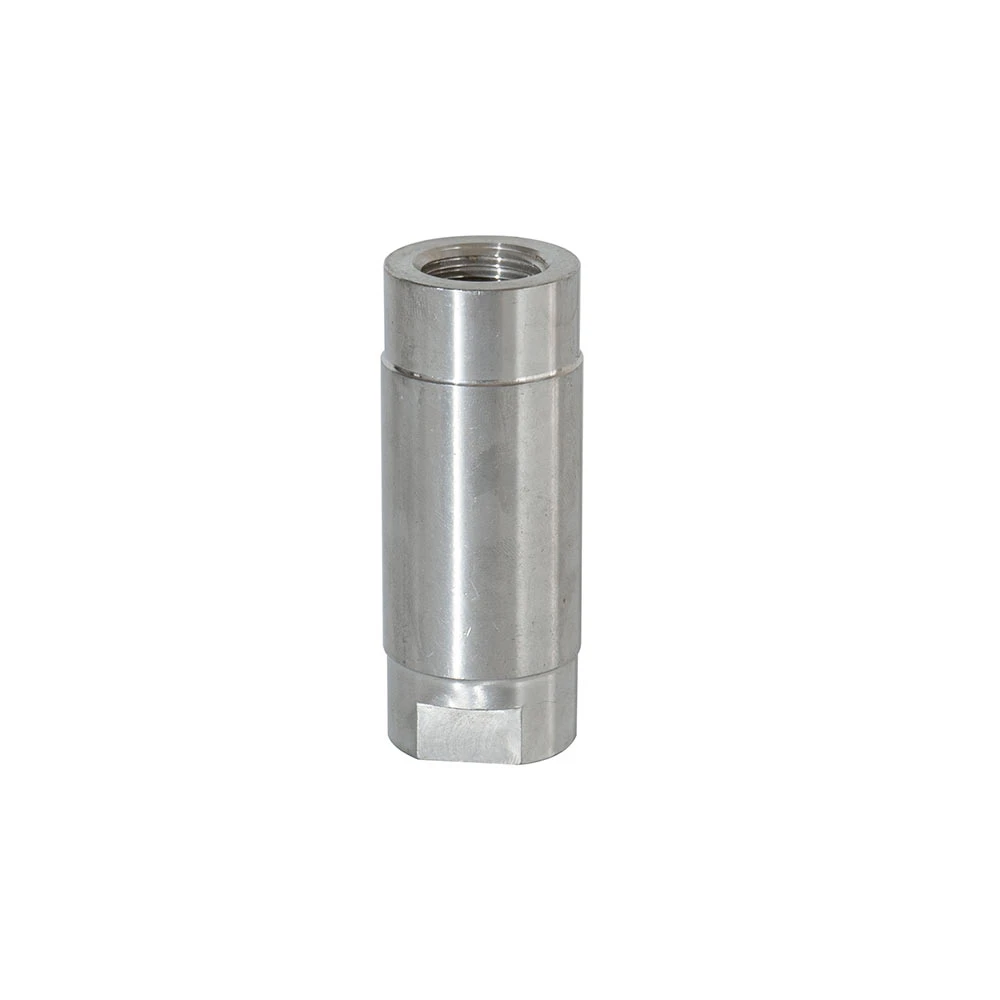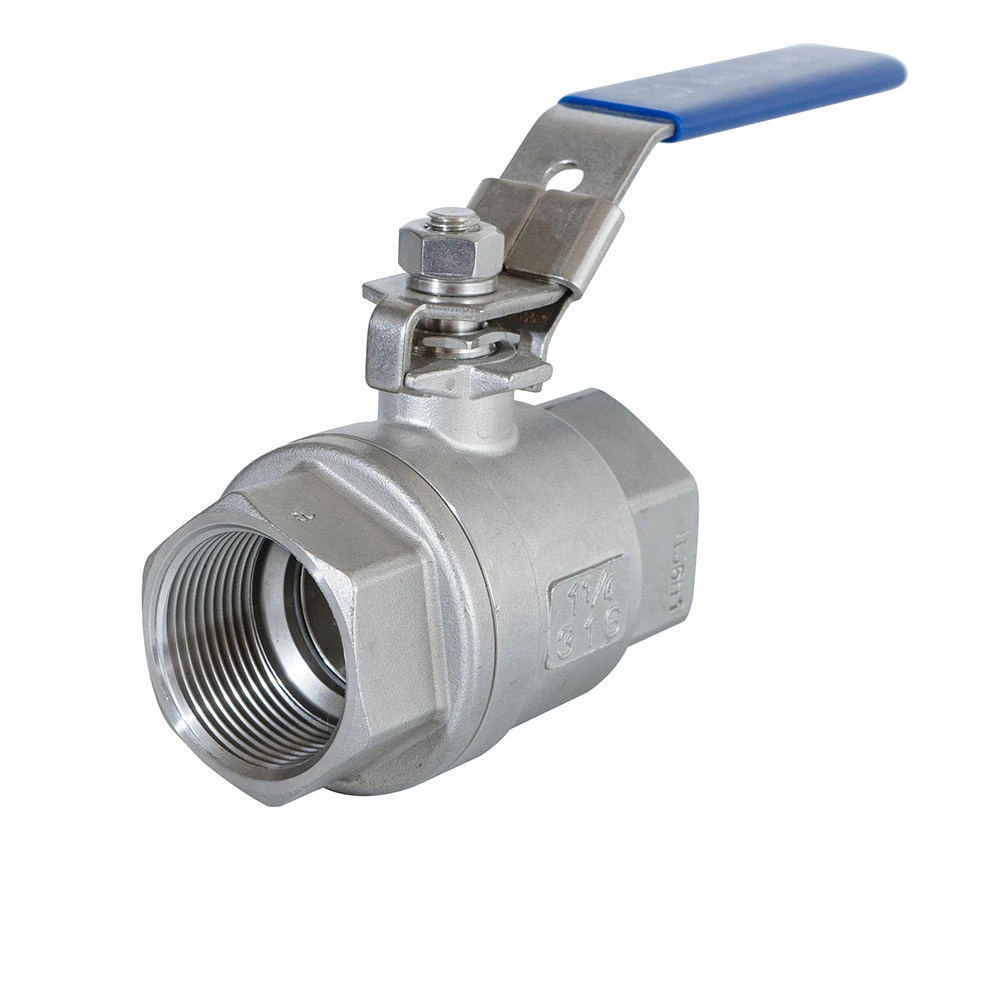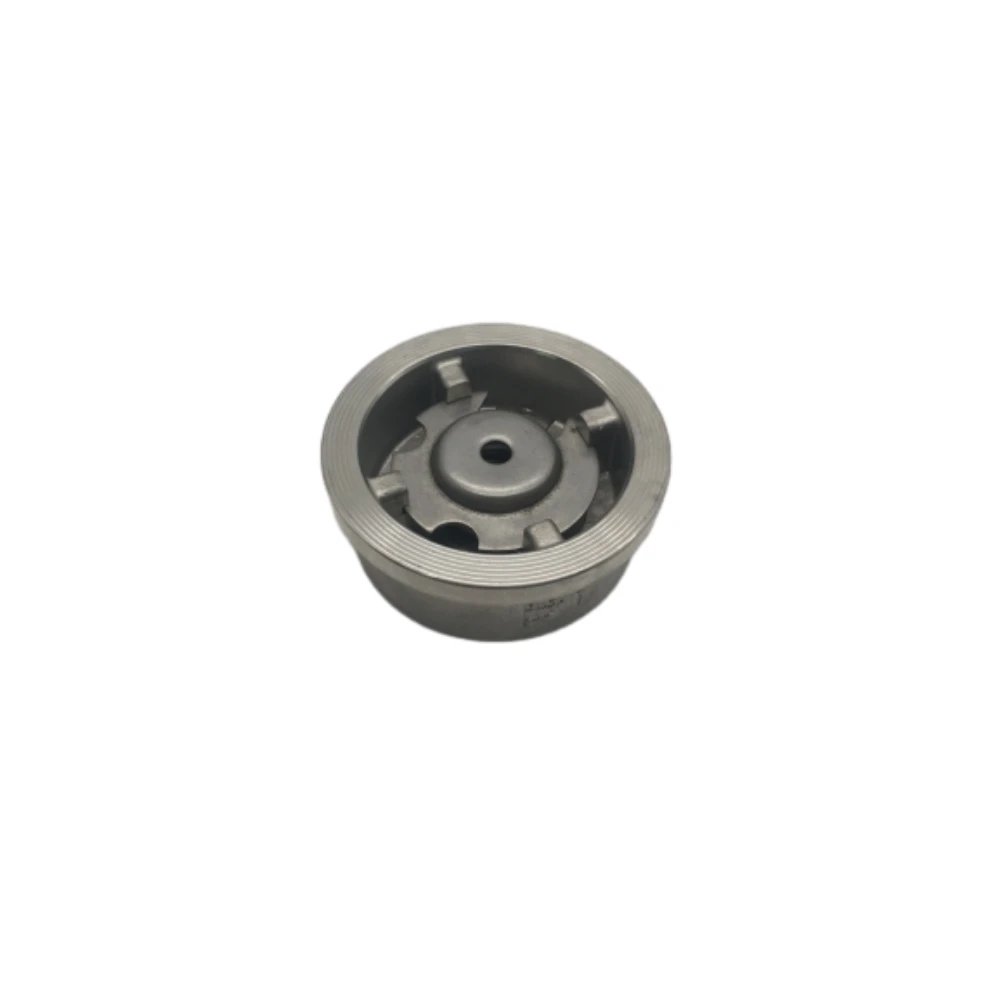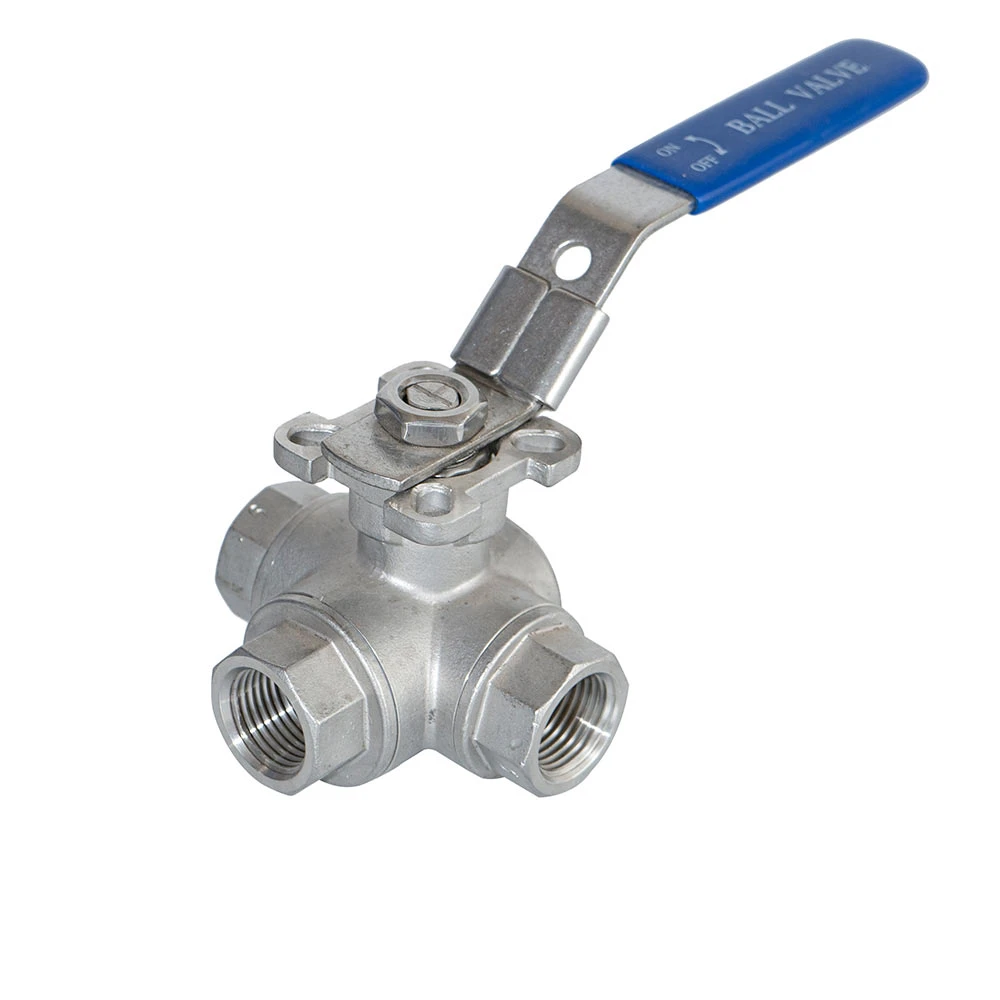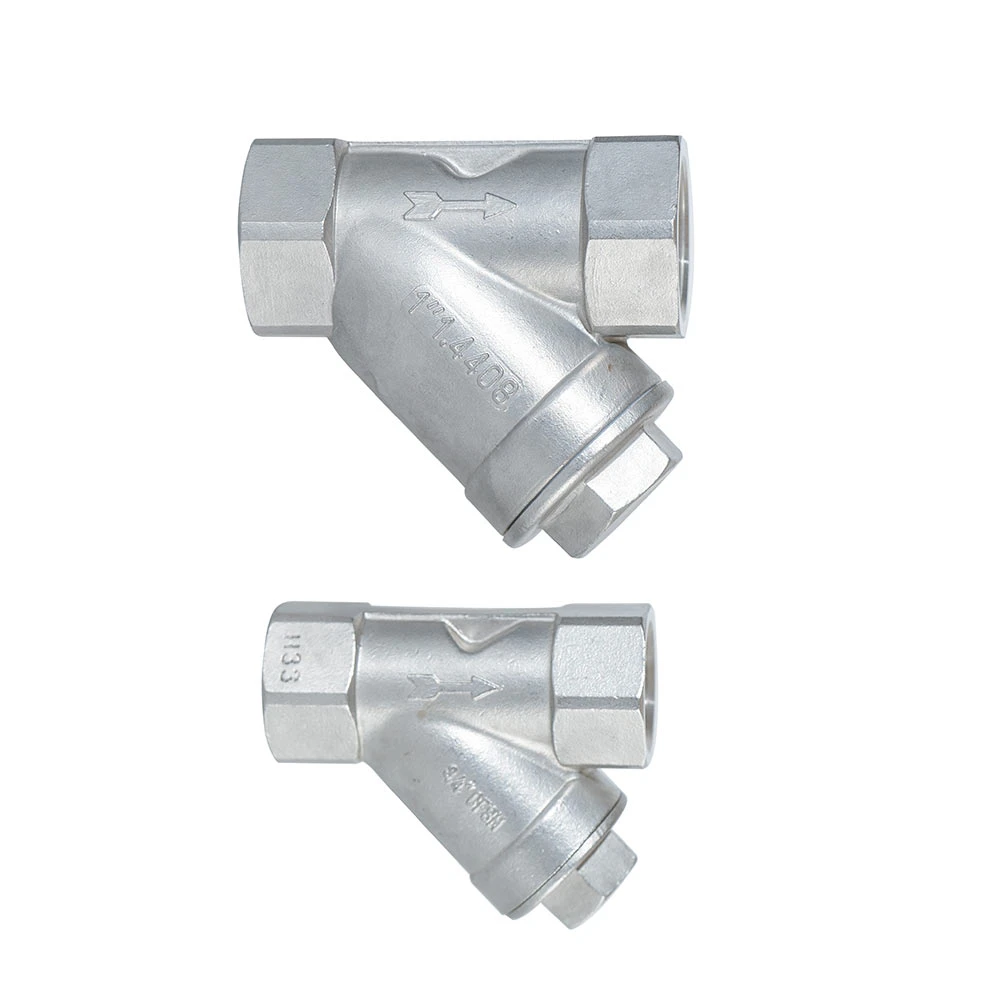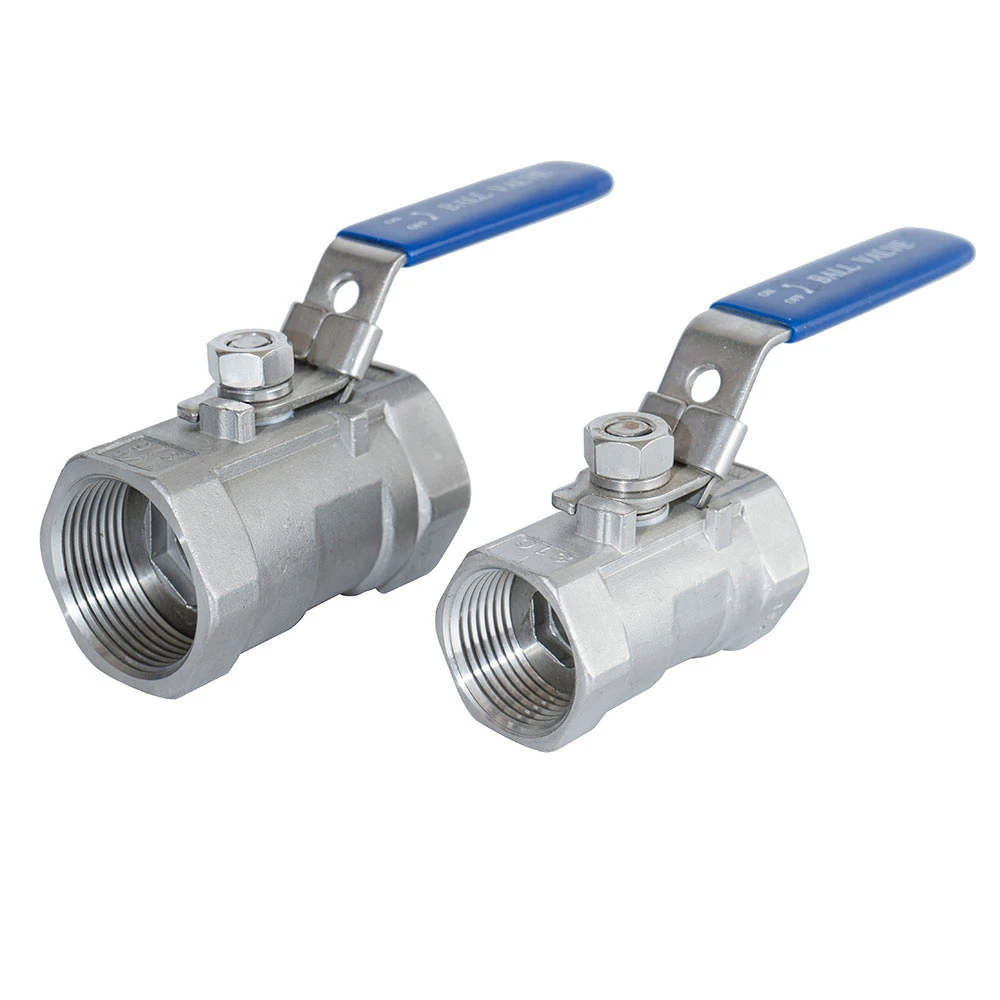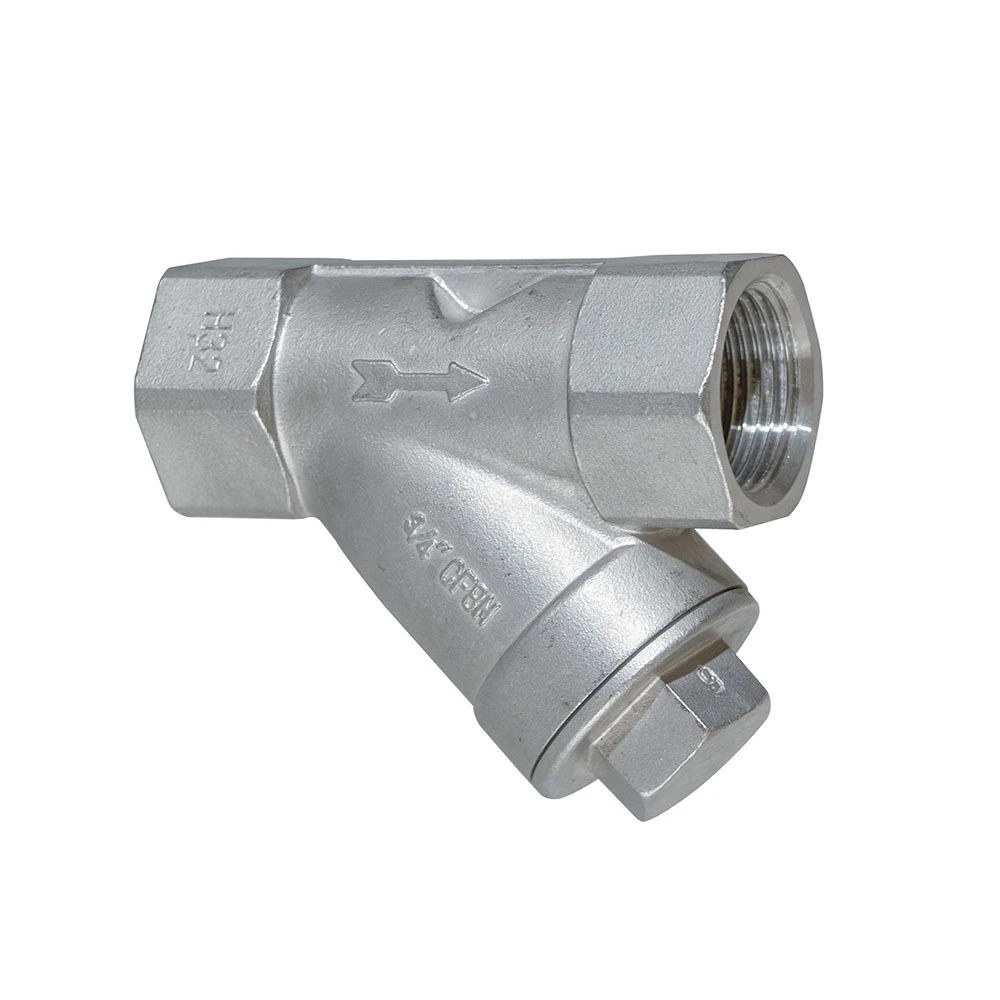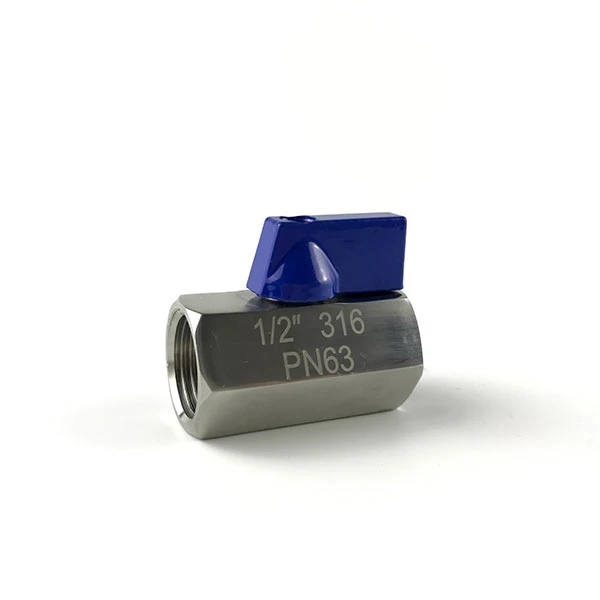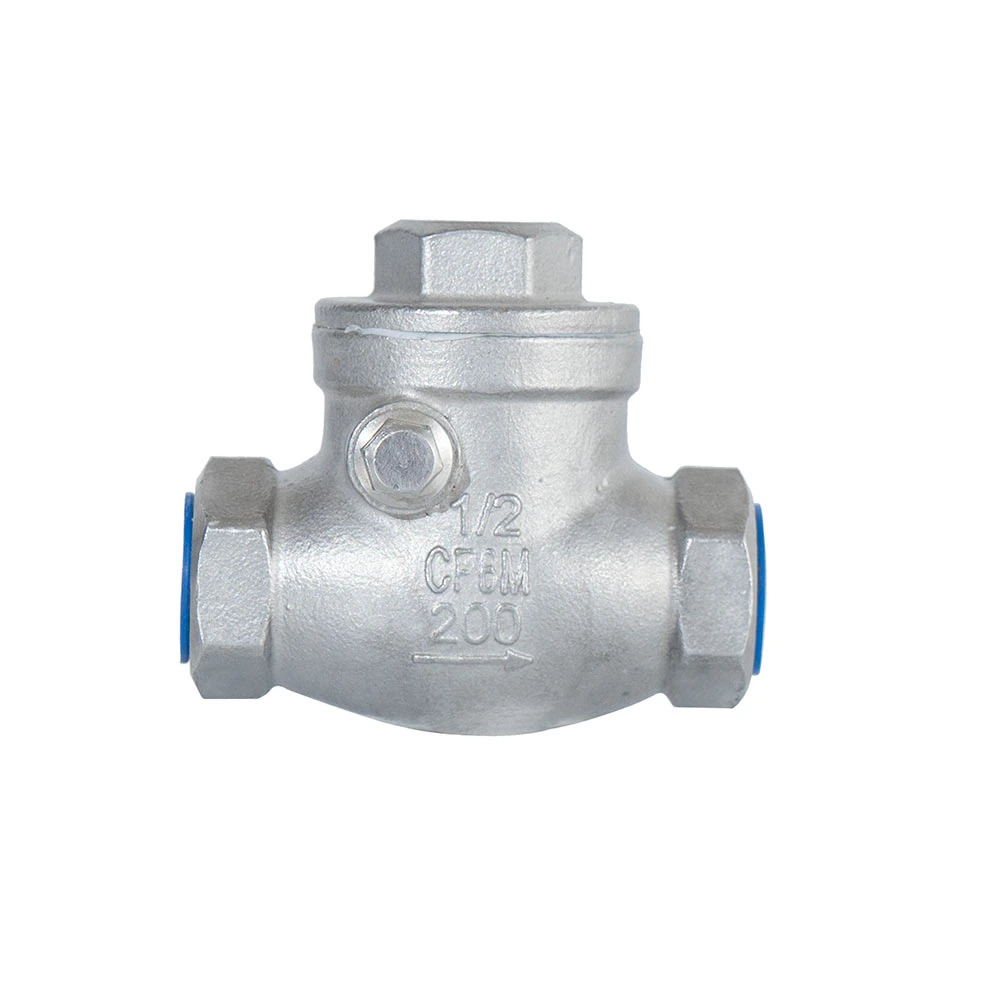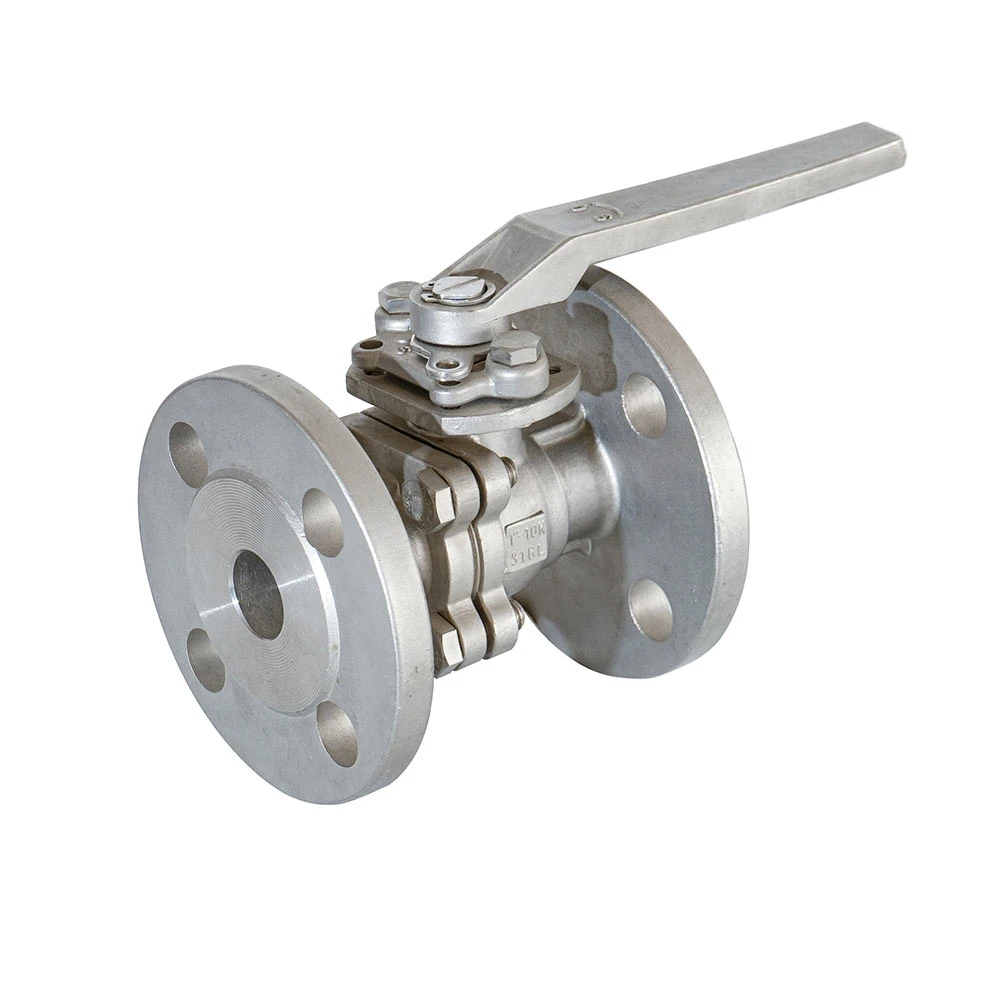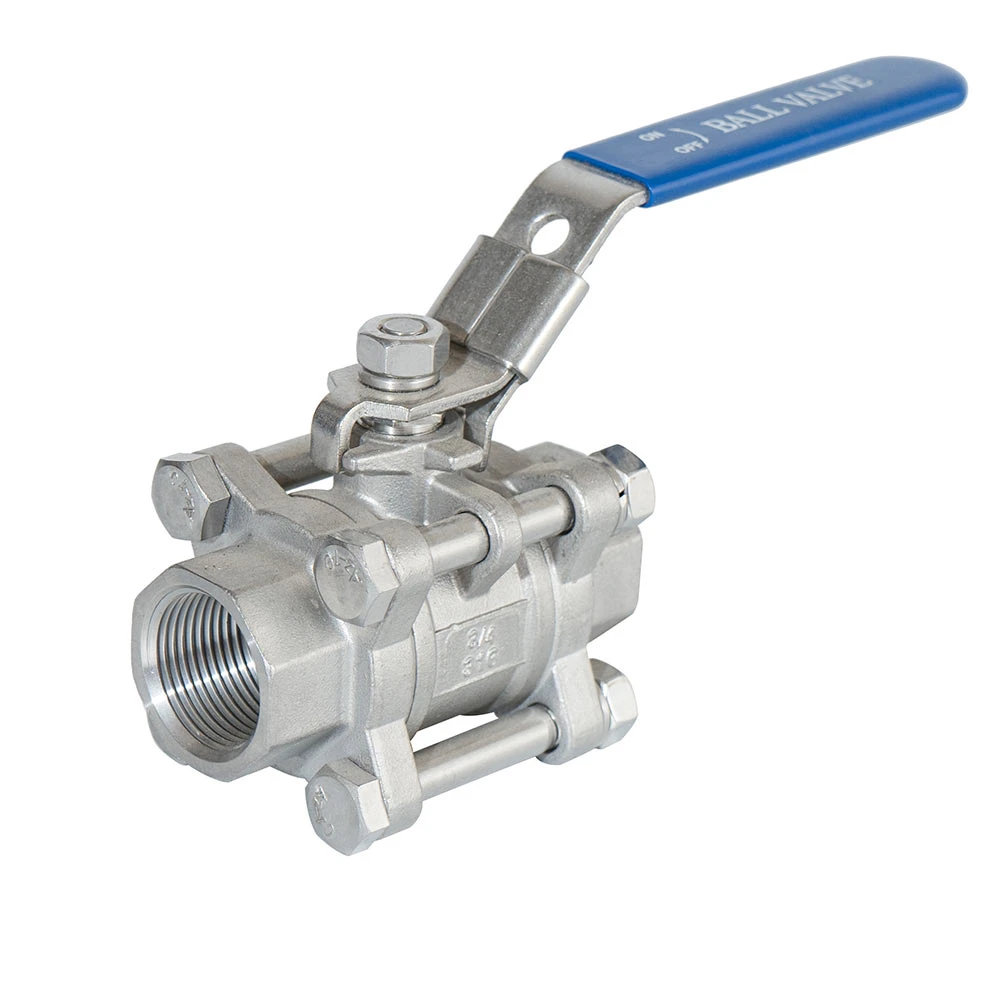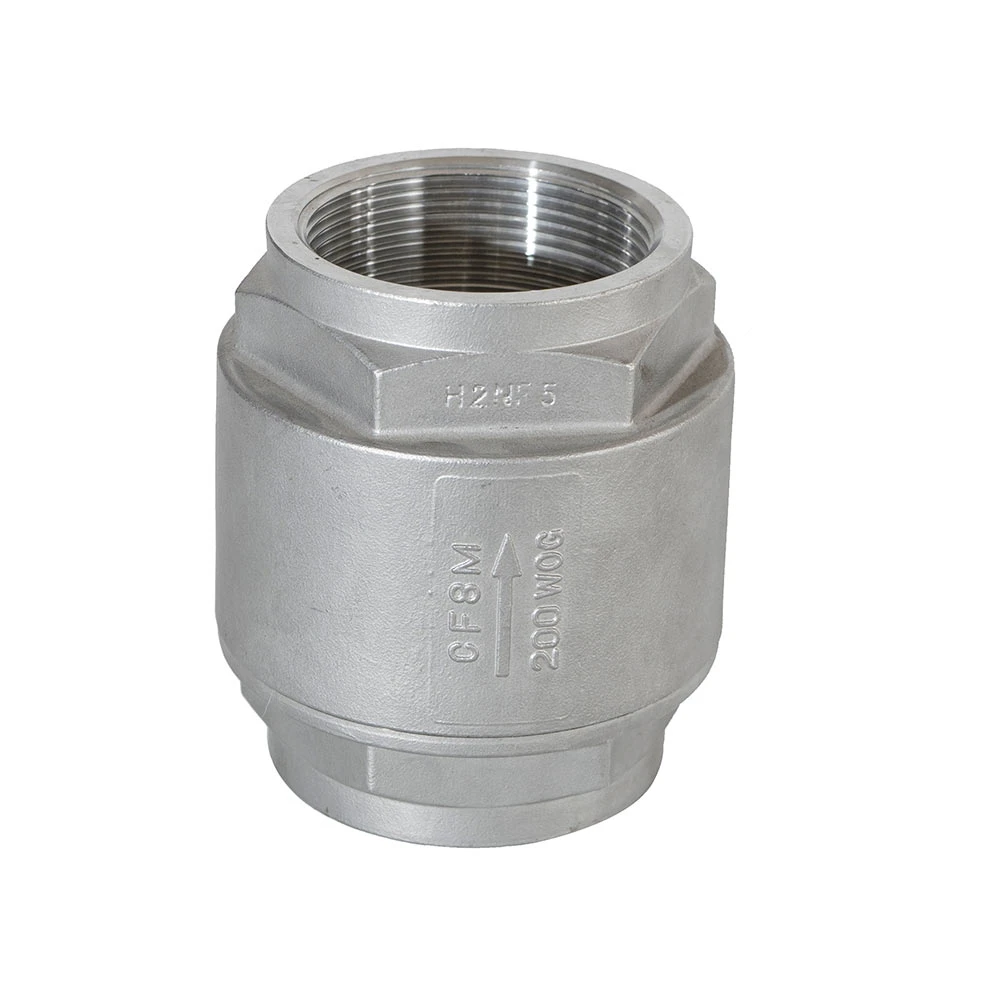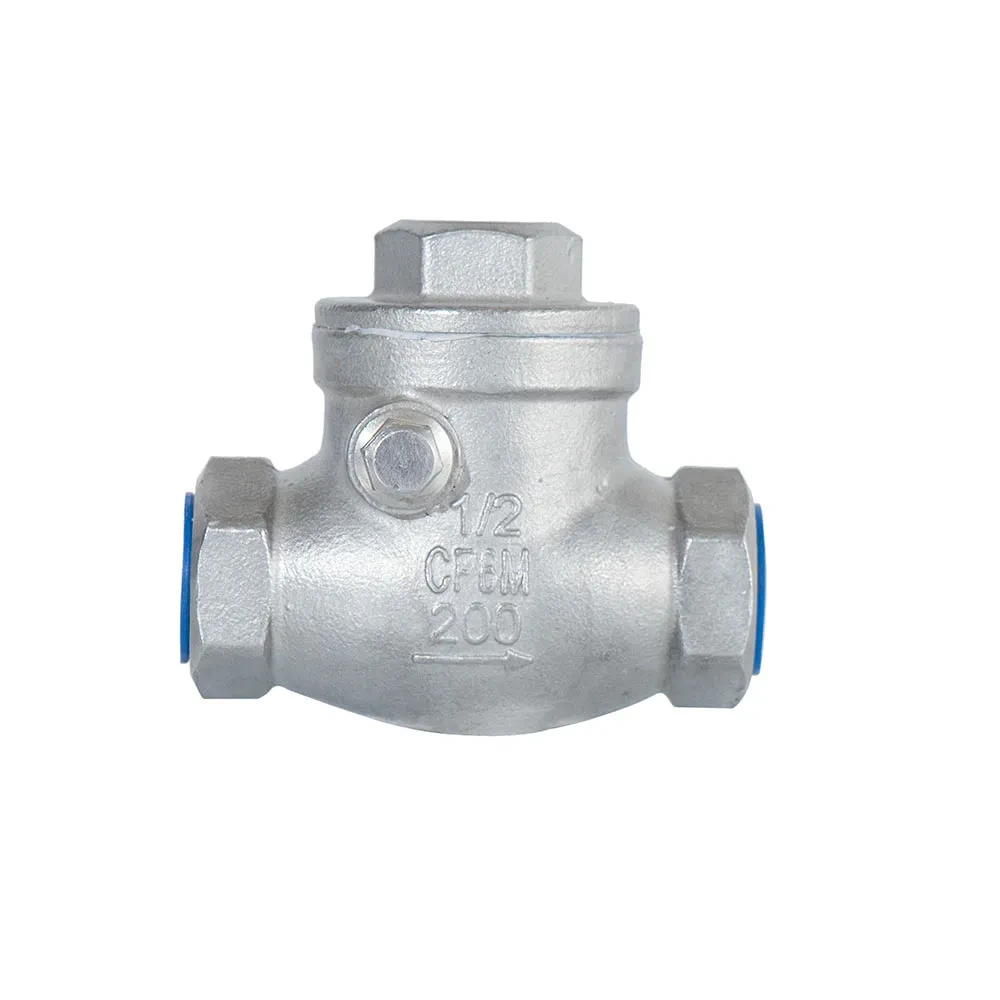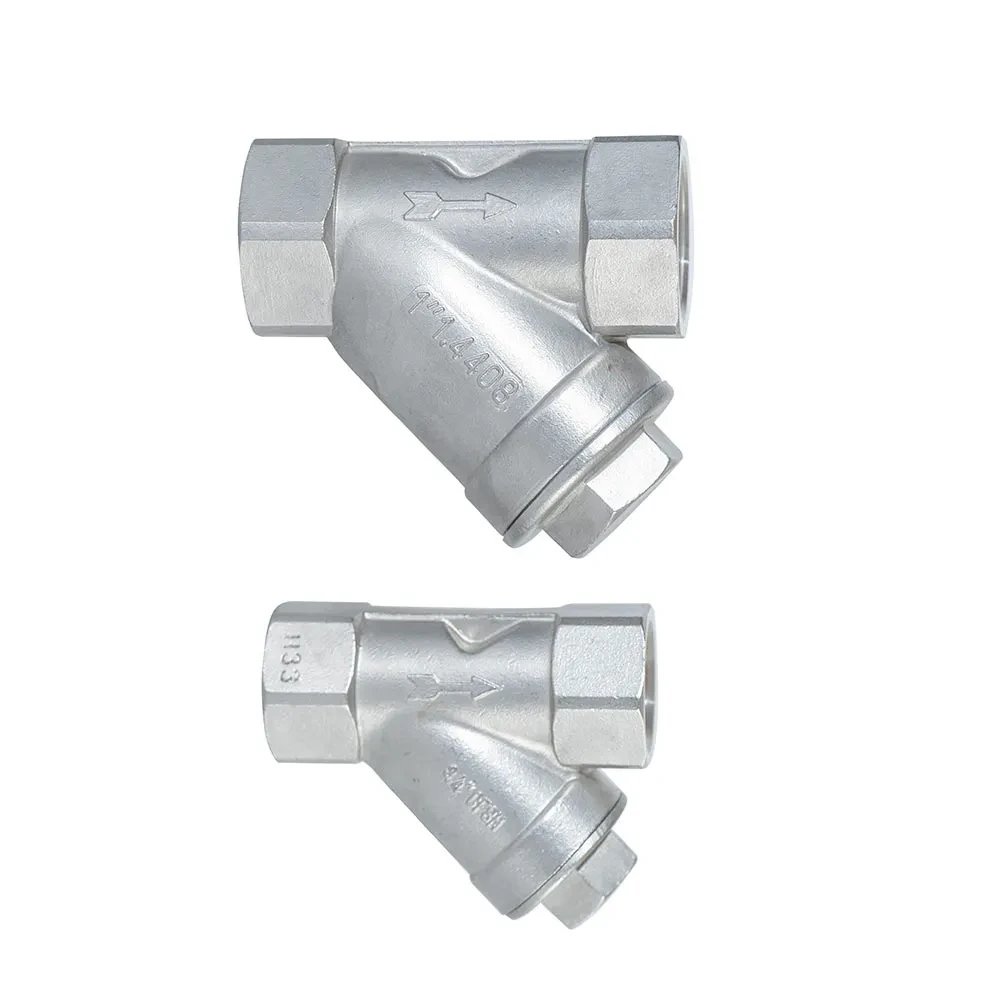The global valve market, especially valves for industrial flows, has witnessed significant innovation in recent years. Among these, the stainless steel flanged ball valve (also known as ss flanged ball valve, flange valve, or valve with flange) has become essential in sectors demanding high performance for fluid isolation and regulation.
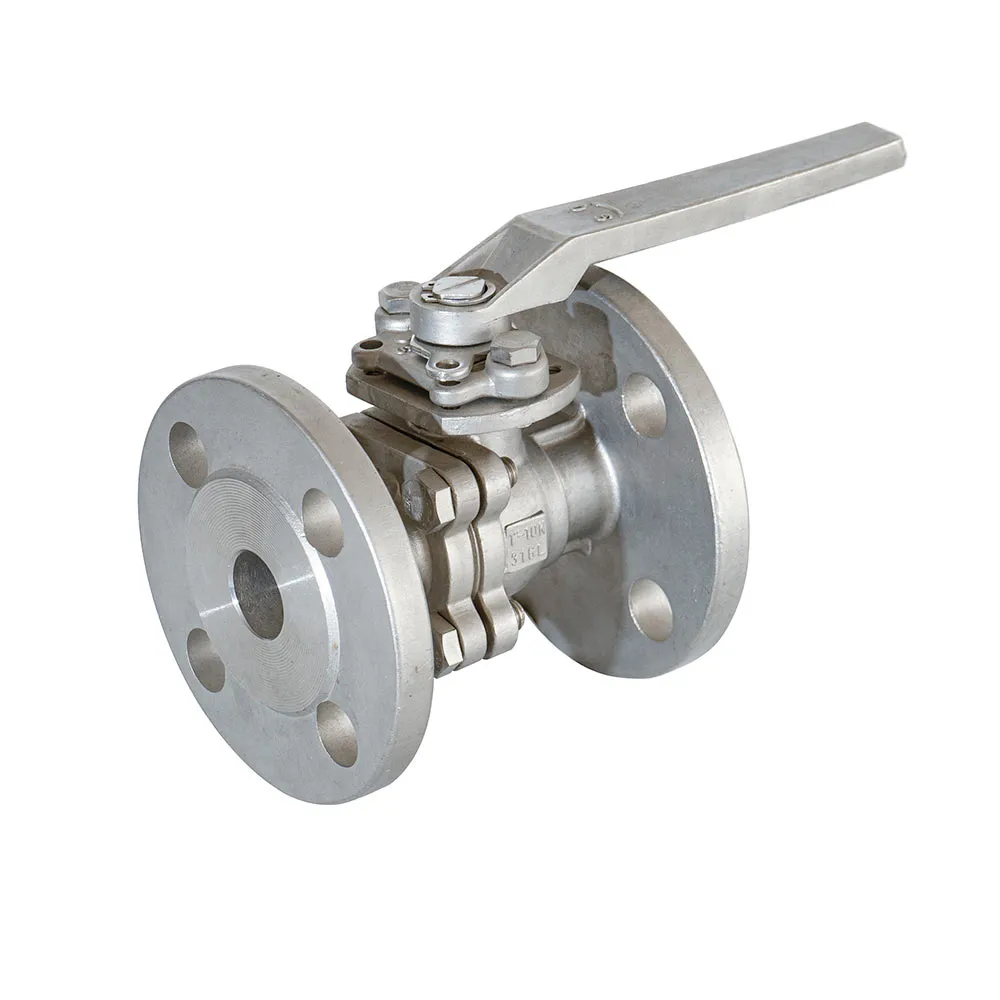
1. Industry Overview & Trends
- Global Demand: According to MarketsandMarkets, the industrial valve market is projected to reach USD 99.8 billion by 2029, with a CAGR of 5.6% (2024-2029), with metal-seated valves, especially stainless steel variants, showing fastest growth due to corrosion resistance.
- Adoption: Increased use in oil & gas, petrochemical, water treatment, food industry, metallurgy, and power plants, meeting stricter international regulations like ISO 9001, API 6D, ANSI/ASME B16.34.
- Innovation: Advancement in CNC manufacturing, improved actuator integration and reliability, smart valve technology driving the adoption of stainless steel flanged ball valves.
2. What is a Stainless Steel Flanged Ball Valve?
A stainless steel flanged ball valve consists of a SS (stainless steel) body, a spherical closure unit (“ball”), and flanged ends for secure bolted connections. Designed for high-pressure, corrosive, and safety-critical systems, it allows for quick, low-torque quarter-turn operation & tight shut-off. Flanged connections (per ANSI/ASME standards) simplify installation, maintenance, and replacement in pipelines ranging from DN15 up to DN300+, with pressure ratings up to Class 150/300/600.
3. Manufacturing Process Explained

- Material Selection: Stainless steel grades like ASTM A351 CF8/CF8M or CF3M, offering superior pitting, crevice, and general corrosion resistance.
- Forging & Casting: Flanged valve bodies are typically investment cast or precision-forged to ISO/ANSI/ASTM standards to ensure structural integrity.
- CNC Machining: All critical faces (flange surface, ball, seat, stem housing) are CNC machined for precision fit and tightness (Ra≤0.4μm surface finish on sealing faces).
- Assembly: Seats (PTFE, RPTFE, PEEK), balls, stems, and gland packing inserted; tested for alignment and tolerance.
- Leak & Pressure Testing: Each unit tested per ISO 5208 and API 598—hydrostatic shell test at 1.5× design pressure, seat test at 1.1× pressure.
- Surface Treatment & Packing: Passivation, cleaning, final inspection per FDA/CE or WRAS for potable applications.
Manufacturing Process Flowchart
4. Technical Specifications: Parameters & Comparative Data
| Feature | Specification | Reference Standard |
|---|---|---|
| Body Material | Stainless Steel CF8/CF8M/CF3M, SS304, SS316 | ASTM A351, A216 |
| Size Range | DN15–DN300 (1/2”–12”) | ANSI B16.5 |
| Pressure Rating | PN16–PN40; ANSI CL150/300/600 | ANSI/ASME B16.34 |
| Seat Material | PTFE, R-PTFE, PEEK, Metal | ISO 15848 |
| Temp. Range | -29°C to +200°C (up to 260°C for PEEK) | |
| End Connection | Flanged (RF/FF/RTJ); ISO5211 top flange | EN 1092-1, ASME B16.10 |
| Face-to-Face | Standard/Short Pattern | ASME B16.10 |
| Leakage Test | 0 Leakage (Class VI) | API 598, ISO 5208 |
5. 2 PC Flanged Ball Valve — Product Overview & Process
The 2 PC Flanged Ball Valve (product link) features a two-piece split body design. This enhances both serviceability and structural strength, enabling simple in-line maintenance without disassembly from the pipeline.
- Material: SS304/SS316 body, floating ball, high-strength stem, live-loaded packing.
- Flange Standard: ANSI B16.5 / DIN / JIS / GB; raised/flat face options.
- Valve Seats: Reinforced PTFE (RPTFE) or Graphite (for higher temperature and chemicals).
- Bore Type: Full bore & reduced bore versions; Full bore preferred for minimal pressure drop in process lines.
- Actuation: Manual lever, pneumatic, or electric actuator ready (ISO 5211 mounting).
- Certifications: ISO 9001:2015, API 607 (fire safe), PED/CE, TA-Luft for fugitive emission control.
Technical Parameter Trend Analysis (2019–2024)
6. Product Comparison: Stainless Steel vs. Carbon Steel Flanged Ball Valve
| Criteria | Stainless Steel Flanged Ball Valve | Carbon Steel Flanged Ball Valve |
|---|---|---|
| Corrosion Resistance | Excellent (sea water, acids & alkalis) | Moderate (requires coating) |
| Operating Temperature | -29°C to 200°C (Higher for SS316) | -29°C to 80°C |
| Weight | Standard | Lighter per same size (generally) |
| Application Industry | Chemical, petrochemical, food, water, marine | Water, air, oil (non-corrosive) |
| Cost | Higher initial investment | Cost-effective for mild applications |
| Service Life | 10+ years (with proper service) | 5–8 years |
| Compliance | Meets harshest international standards | Good for standard utilities |
Valve Material Usage by Industry Sector (2023, % Share)
7. Customization Capabilities
- Size Customization: DN15–DN300+ with special face-to-face or flange dimensions upon request.
- Material Selection: Available in austenitic, duplex, and special alloy grades (SS304, SS316L, Super Duplex).
- Seat & Seal Options: Variety of seats (TFM, PEEK, Metal Hardfacing) for special media including aggressive acids and high-temp steams.
- Automation: Integration with pneumatic/electric actuators, limit switches, and remote monitoring solutions (smart valve technology).
- Surface Treatment: Passivation, sandblasting, PTFE/epoxy coat for extremely corrosive/abrasive environments.
- Certification: Full traceability, MTR (Material Test Reports), EN10204 3.1, NACE MR0175 for sour service.
Application Case Study: Stainless Steel Flanged Ball Valve in Desalination Plant
Client: Leading Middle Eastern desalination contractor
Application: Brine and permeate line isolation for 500,000 m³/day seawater reverse osmosis (SWRO) system
Key Challenges: Continuous exposure to chloride-rich media, zero leakage crucial, over 120,000 cycles/year.
- Used SS316 two-piece flanged ball valves (14" Class 150#) with PTFE+Graphite seats, anti-static device, and blowout-proof stem.
- All valves passed ISO 5208 leakage grade A and API 6D fire safe (witnessed by TÜV SÜD).
- Post-installation feedback (2023): After 28 months operation, zero leaks, minimal torque increase.
“These valves reduced maintenance needs by 46% compared to previous bronze designs, with outstanding corrosion-resistance in continuous seawater service.” — Site Engineer Feedback
8. Major Manufacturers & Credibility
- Leading brands: Emerson (Fisher, KTM), Houdevalve (2 PC Flanged Ball Valve), Velan, KITZ, Apollo, Crane.
- Certifications & Standards: ISO 9001, ISO 15848, API 6D, API 607, ANSI/ASME B16.34, PED, CE.
- Collaboration: Many have long-term supply agreements with Shell, Siemens, Sinopec, Veolia, BASF, ABB, etc.
- Service Track Record: Houdevalve: 20+ years, supplied over 350,000 units worldwide, 98.7% on-time delivery rate (2020–2023 internal report).
9. Installation, Maintenance & Operation
- Installation: Ensure flange faces are aligned and clean, gaskets properly seated, bolts torqued per ASME specs, avoid stressing the pipeline on tightening.
- Testing: Perform hydrostatic and functional testing (ISO 5208, API 598 recommended).
- Operation: Full turn handle or actuator (90°); valve stem anti-blowout design for safety.
- Service: 2 PC design allows ball/seat access after depressurizing the line; periodic seat and packing checks recommended for aggressive media.

10. FAQ: Professional Questions & Answers
Frequently Asked Questions (Stainless Steel Flanged Ball Valve)
- Q1: What stainless steel grades are most common for flanged ball valve bodies?
- A1: CF8 (SS304 equivalent) and CF8M (SS316 equivalent). For very corrosive or marine applications, CF3M or duplex (2205) alloys may be used for enhanced corrosion/pitting resistance.
- Q2: What is the difference between Raised Face (RF) and Ring Type Joint (RTJ) flanges?
- A2: RF flanges use a flat gasket, common for general and moderate pressures. RTJ flanges feature a machined groove and metal ring gasket, suitable for high-pressure, high-temperature, and critical applications.
- Q3: What are the standard pressure classes for a typical ss flanged ball valve?
- A3: ANSI/ASME Class 150, Class 300, and Class 600 are standard, based on maximum allowable working pressure (MAWP) per ASME B16.34.
- Q4: How do ball valve seat materials affect their application?
- A4: PTFE offers chemical resistance (up to 180°C), RPTFE improves wear, PEEK for high temperatures (up to 260°C), while metal seats tolerate abrasion and fire-safe requirements but are less leak-tight.
- Q5: What are the typical installation standards for flange valves?
- A5: Most follow ASME B16.5 or EN 1092-1 for flange dimensions and ASME B16.10 for face-to-face distance.
- Q6: What is a blowout-proof stem design?
- A6: It means the stem is inserted from inside the body, preventing ejection under internal pressure—a vital safety feature per API 6D and OSHA.
- Q7: How can a customer specify valve customization?
- A7: Provide process conditions (fluid, pressure, temp.), preferred standards, size, seat, body/trim material, actuator type, and required certificates (e.g., API, ISO, NACE).
11. Delivery Time, Warranty, and Customer Support
- Standard Delivery: 2–4 weeks for common sizes (DN15–DN100); 6–8 weeks for custom builds or special alloys.
- Warranty: 24 months from shipment; extended warranty plans available on request; covers structural and manufacturing defects.
- Support: Pre-sale selection assistance, on-site start-up, troubleshooting guides, 24/7 online service, and rapid spare parts dispatch worldwide.
- Quality Assurance: Documented MTR/EN10204 3.1, 100% pressure & leakage test, ISO/PED/CE compliance.

